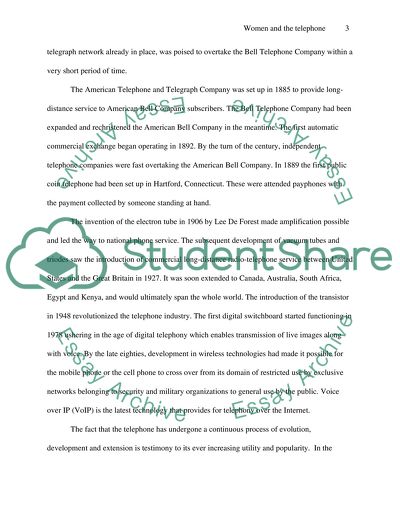Cite this document
(“The Telephone Technology Essay Example | Topics and Well Written Essays - 2250 words”, n.d.)
Retrieved from https://studentshare.org/miscellaneous/1542896-the-telephone-technology
Retrieved from https://studentshare.org/miscellaneous/1542896-the-telephone-technology
(The Telephone Technology Essay Example | Topics and Well Written Essays - 2250 Words)
https://studentshare.org/miscellaneous/1542896-the-telephone-technology.
https://studentshare.org/miscellaneous/1542896-the-telephone-technology.
“The Telephone Technology Essay Example | Topics and Well Written Essays - 2250 Words”, n.d. https://studentshare.org/miscellaneous/1542896-the-telephone-technology.


